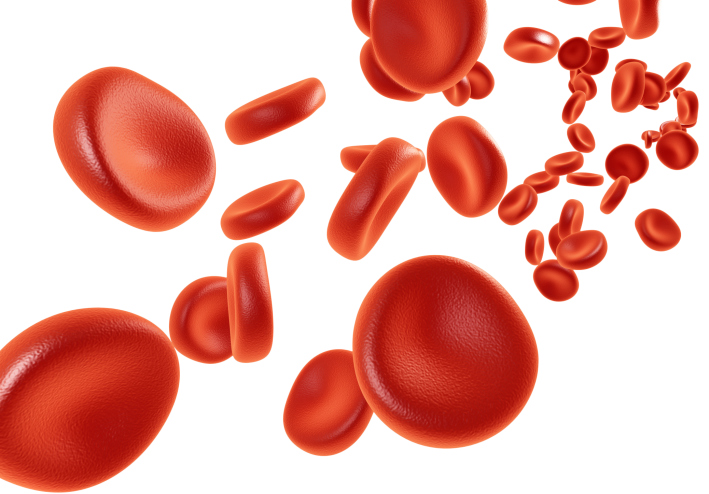 Can you guess the most common blood condition in the U.S.? If you guessed anemia, then you are right.
Can you guess the most common blood condition in the U.S.? If you guessed anemia, then you are right.
Affecting approximately 3.4 million Americans, you probably know someone with the condition, but do you know what it is?
Anemia is diagnosed as any condition in which your body doesn't produce enough healthy red blood cells or hemoglobin. Hemoglobin is a complex protein that contains iron molecules. The main function of these molecules is to carry adequate oxygen from the lungs to the rest of your body. If you have too few or abnormal red blood cells, or your hemoglobin is abnormal or low, the cells in your body will not get enough oxygen.Symptoms include fatigue, looking pale in complexion, dizziness, shortness of breath, and a fast heart rate. Risk factors include pregnancy, use of aspirin and ibuprofen, menstruation, losing blood in stools, gastric bypass surgery and like with many other health conditions, family history plays a significant role as well.
MUST READ: Iron: Is Too Much Harmful?
Anemia is typically grouped into three categories, based on the cause:
- Anemia caused by blood loss
- Anemia caused by decreased or faulty red blood cells
- Anemia caused by the destruction of red blood cells
With more than 400 types of anemia, the first thing you want to do – if you suspect you are in fact anemic – is to “first find out what type of anemia, meaning is it from a deficiency of iron or is it from a deficiency of vitamin B12 or folate or is it from blood loss?” according to Dr. Bola Oyeyipo, a family physician in southern California and co-founder of Healthgist.com.
She continues, “We then work on correcting the cause of the anemia by stopping the source of bleeding or correcting the nutritional deficiencies.”
If you often experience any of the symptoms mentioned and believe you may be anemic, see your doctor right away. Ignoring symptoms can lead to several complications, including heart problems and even death.
For more articles, click here.









